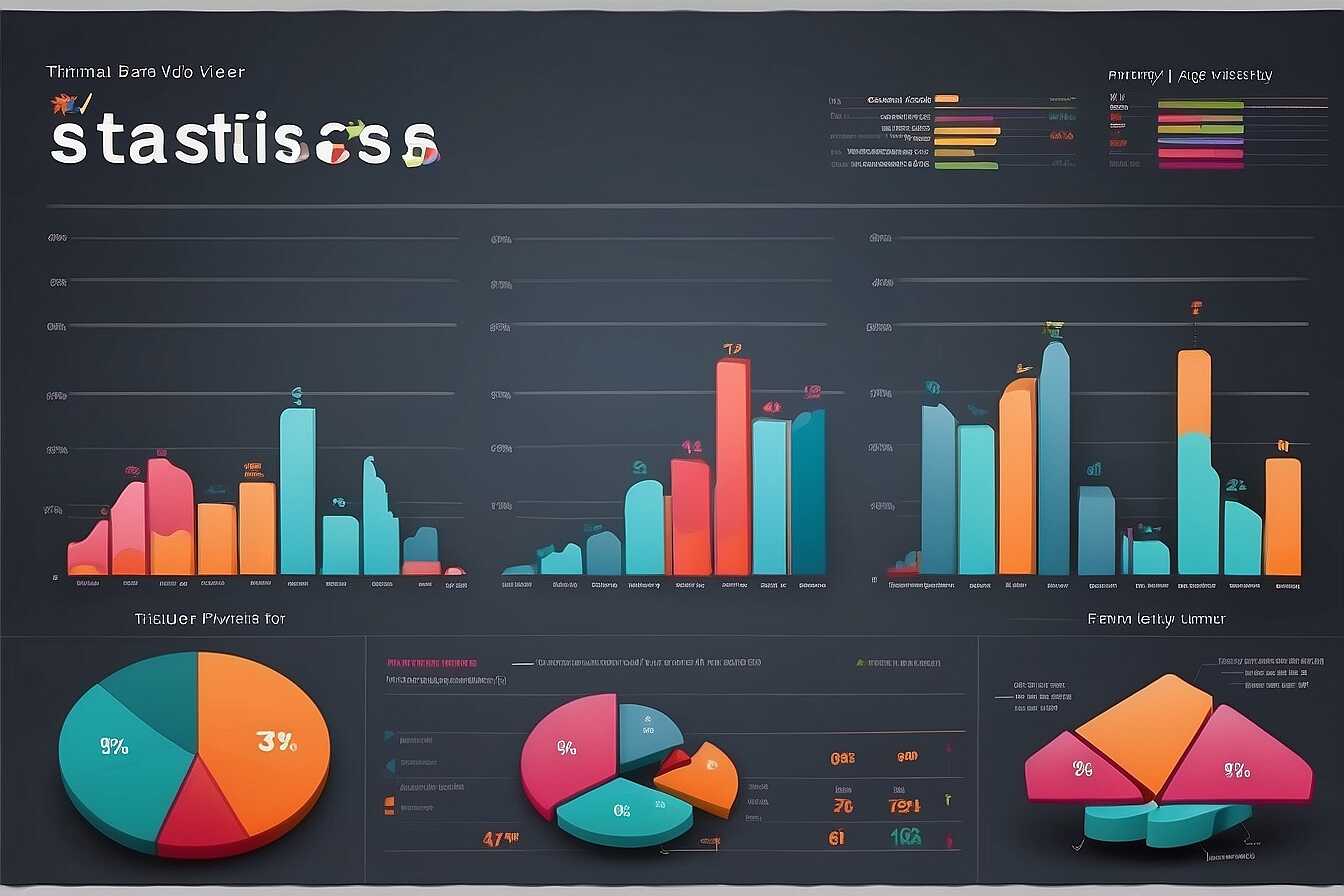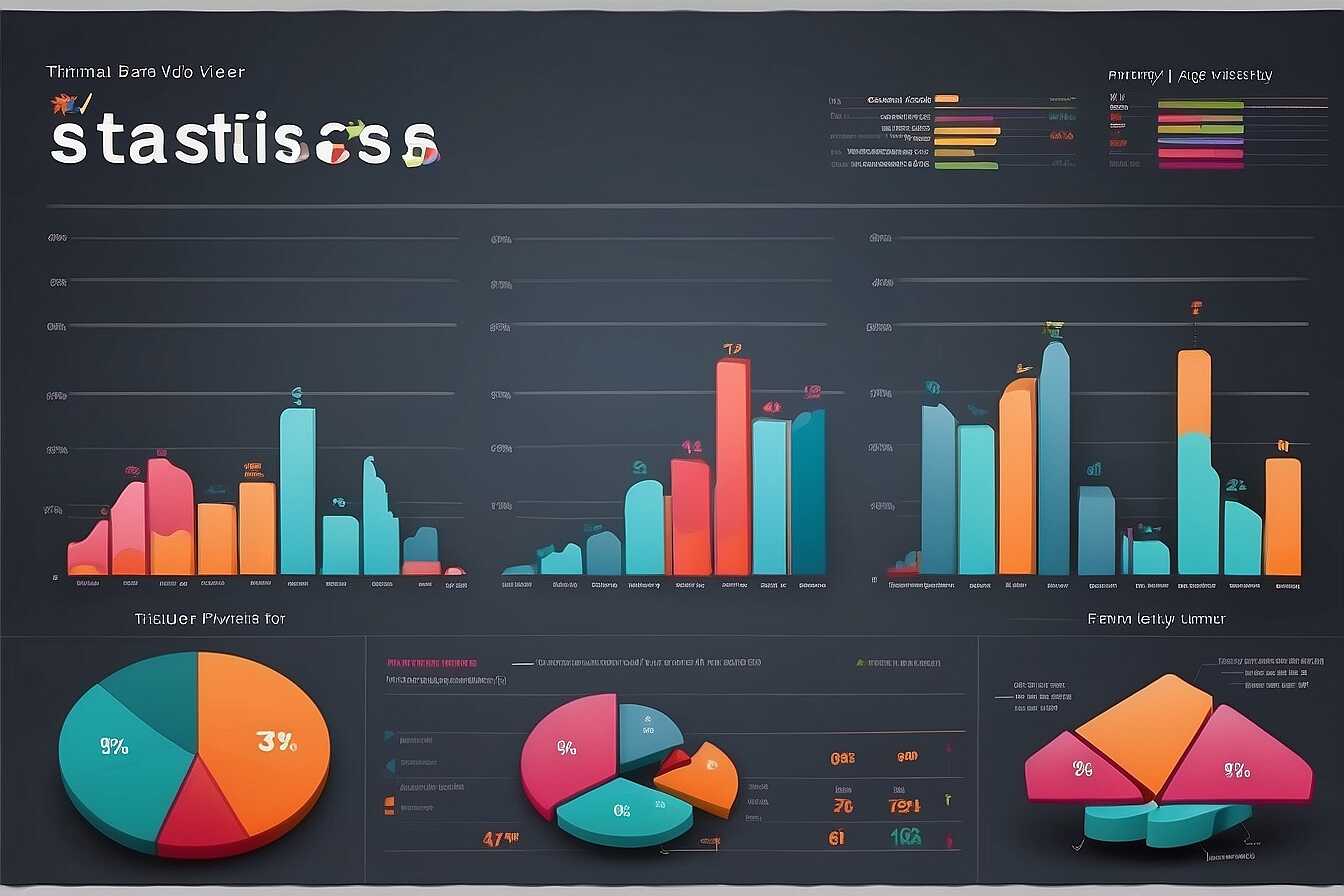Techniques for reducing image file size to boost SEO performance are essential for website owners today. Smaller images can improve loading times, enhancing user experience and search engine rankings. At Metrics Rule, we understand that maintaining image quality while optimizing file sizes is vital for effective SEO. This article will guide you through practical strategies to achieve this balance and enhance your site’s visibility.
Understanding the Impact of Image Size on SEO Rankings
The size of an image can dramatically affect website loading speed, which is a crucial factor for SEO rankings. When image file sizes are large, they contribute to slower loading times on pages. This can lead to higher bounce rates, as users may leave a website that takes too long to load. Google and Bing prioritize fast-loading websites, making image optimization essential for improving your site’s visibility in search engine results. Additionally, optimizing images enhances mobile performance, which is increasingly important as more users access sites via smartphones. By compressing images without sacrificing quality, you can improve load times and ensure a better user experience.
Achieving Optimal Image Sizes for Better SEO Performance
To achieve the best results in SEO through image optimization, aim for an ideal image file size of around 150 KB or less in 2025. This target helps maintain a good balance between image quality and loading speed. Tools like TinyPNG or JPEGmini can help achieve necessary compression while preserving visual integrity. Furthermore, using responsive images ensures they are appropriately sized based on the user’s device, enhancing both desktop and mobile experiences. By focusing on image file size and quality, you’ll enhance your site’s overall SEO strategy, leading to better crawling and indexing by search engines like Google. Metrics Rule in Vancouver specializes in these optimizations, utilizing proven techniques to enhance performance.
Selecting the Most Effective Image Formats for Web Use
Understanding the advantages and disadvantages of various image formats, like JPEG, PNG, and GIF, is essential for optimizing SEO performance. JPEG is widely praised for its ability to compress images significantly while maintaining good quality, making it a top choice for photographs. However, it sacrifices quality during compression, which can be a downside for images requiring fine details. On the other hand, PNG excels in maintaining image quality, particularly for graphics and images with transparency. PNG files tend to be larger, making them less ideal for extensive image-heavy webpages. Lastly, GIF is great for short animations but is limited to 256 colors, making it unsuitable for high-quality images. Therefore, the choice of format should depend on your specific needs for quality, speed, and file size reduction.
Choosing the Right Format for Different Use Cases
When selecting the right image format, consider the specific type of content you are using. JPEG is more efficient for photo-heavy content, especially when you want to balance quality and file size. PNG should be your go-to for any images requiring transparency or vector graphics, despite its slightly larger size. GIF is perfect for simple animations or graphics with multiple frames, but remember its color limitations. Providing a mix of these formats on your site can enhance efficiency and overall performance, leading to better SEO results. Always aim for a format that allows you to maintain quality while enabling faster loading times for your users, especially in an eCommerce context where every second counts.

Comparing Lossy and Lossless Compression for Quality Retention
Understanding the distinctions between lossy and lossless compression is essential for effective image optimization. Lossy compression reduces file size by permanently removing some data. This can lead to slight quality loss, making it perfect for applications like web images where speed is crucial. In contrast, lossless compression preserves all original data and quality, making it suitable for highly detailed images where fidelity is paramount. Common formats illustrating these techniques include JPEG for lossy and PNG for lossless. Both play significant roles in SEO performance, affecting load times, user experience, and ultimately search rankings.
Choosing the Right Compression Method for Your Needs
When selecting between lossy and lossless compression methods, consider your specific use case. If you prioritize file size and speed, lossy compression is a reliable choice. Formats like JPEG can help reduce images significantly, often achieving up to 90% file size reduction without visibly impacting quality. Conversely, if maintaining image quality is crucial—such as in e-commerce product images—lossless techniques like PNG may be the better option. This ensures that the images enhance the overall user experience, which is vital for retaining visitors and boosting SEO rankings.
Numerical Insights on File Compression for Visuals
- JPEG format typically compresses images by around 80% with minimal quality loss.
- PNG files can reduce size by 50% while maintaining transparency benefits.
- Images should ideally be under 100KB to enhance website loading speed.
- Using the right dimensions can reduce image file size by 20%-50%.
- Compressing images can improve page load time by up to 30%.
- Mobile users prefer pages to load in under 3 seconds for optimal experience.
- SEO rankings can increase by 22% with properly optimized images.

Top Online Tools for Efficient Image Compression
When it comes to image compression, several online tools can enhance your image quality while effectively reducing file sizes. Some popular options include TinyPNG, ImageOptim, and Compressor.io. These platforms are designed to provide easy handling of high-quality images without falling short on efficiency. By utilizing these reliable tools, users often experience results that maintain or even improve the visual appeal of their images. When testing these tools, many find they can achieve more than 70% file size reduction, aiding in quicker page loads and better SEO performance.
How to Choose the Best Image Compression Tool
Choosing the best image compression tool involves considering several factors. Look for features like batch processing, ease of use, and the ability to maintain quality during compression. Effective image compression tools, like TinyPNG, offer exceptional performance while ensuring images remain SEO friendly. For example, TinyPNG can handle both JPEG and PNG files with impressive speed and results. This makes it suitable for e-commerce websites in Vancouver aiming to optimize their images quickly. By reviewing user feedback and testing different tools, you can identify which options work best for your specific image needs.

Essential Techniques for Resizing Images for Improved Web Performance
To resize images effectively, use lossless compression methods like PNG or WEBP formats to ensure quality retention. Consider dimensions that match the display size to avoid unnecessary data load. Tools such as Adobe Photoshop, TinyPNG, or online services allow for straightforward image resizing, keeping image file size minimal without sacrificing clarity. By optimizing your images, you can enhance the loading speed of your website significantly, ultimately improving SEO performance. Research shows that properly sized images can reduce load times by 30% or more, leading to higher user satisfaction and better search engine rankings.
Choosing the Right Image Format for Efficiency
Selecting the appropriate image format is crucial for web performance. JPEG is excellent for photographs due to its balance between quality and file size, while PNG is preferred for images requiring transparency. WEBP offers superior compression and is ideal for modern web design. When testing different formats, consider the ongoing advances expected in 2025, where formats like AVIF may provide even more efficient solutions. Ensuring your website can handle these formats will improve not only the load speed but also the overall user experience. Reliability in choosing the right image format enhances your website’s ability to retain visitors and boosts your SEO standing.
Advantages of Optimizing Visual Content for SEO
- Faster loading times enhance user engagement and keep visitors on your site.
- Properly sized images improve overall site performance and user satisfaction.
- Reduced bounce rates occur due to faster loading, leading to improved rankings.
- Higher quality visuals can boost click-through rates and conversions significantly.
- Optimizing images enhances accessibility for visually impaired users.
- Websites with optimized images typically rank higher in search engine results.
- Using descriptive alt text improves your SEO strategy and context for images.

Enhancing Load Times with Content Delivery Networks
A Content Delivery Network (CDN) is a network of servers located in various geographical locations. It stores copies of your website’s images, making them accessible from the nearest server to the user. This setup dramatically decreases image load times, enhancing overall website performance. A CDN’s optimized delivery helps improve SEO objectives by reducing bounce rates and increasing user engagement. Using a CDN can lead to a loading speed improvement of 30% or more, according to numerous studies. This reliability is essential for website owners looking to provide a better user experience without compromising image quality.
How to Choose the Right CDN for Your Needs
Choosing the right CDN involves assessing factors like pricing, reliability, scalability, and geographic coverage. For optimum results in 2025, consider CDNs like Cloudflare, AWS CloudFront, and Fastly. Each offers features designed to enhance image load speeds specifically for websites focused on SEO. Look for a CDN with a solid reputation in the e-commerce sector, ensuring it can handle large volumes of traffic. Testing various CDNs with your website can provide data on performance acceleration, allowing you to make an informed choice. This strategic selection can significantly improve your website’s visibility in search engines.
Adapting Images Responsively for Diverse Devices
Using responsive images is crucial for optimizing SEO performance and enhancing user experience. Responsive images adjust to the dimensions of the user’s device, ensuring high-quality visuals on both desktop and mobile platforms. This adaptability improves loading speed, which is essential as a significant percentage of users expect webpages to load within 2 seconds. Implementing the right file formats, such as JPEG, PNG, or modern WebP, further maximizes image efficiency while maintaining quality across devices.
Choosing the Best File Format for Responsive Images
When selecting a file format for responsive images, consider performance and quality. JPEGs are ideal for photographs due to their smaller size and good quality; PNGs work well for images with text and transparency but tend to be larger. The WebP format combines the best features of both, providing excellent quality with reduced file size, making it the best choice for responsive designs. Utilizing these formats effectively helps ensure quick loading speeds, which is vital for keeping users engaged and improving SEO rankings.
Brands and Use Cases to Enhance Visual Optimization
- Adobe Photoshop: Ideal for detailed image editing but can be complex for beginners.
- Canva: User-friendly interface suitable for non-designers looking to create images quickly.
- ImageOptim: Focuses exclusively on compressing images, great for bulk processing.
- TinyPNG: Excellent for web use, reducing PNG file sizes without losing quality.
- GIMP: Open-source alternative for advanced image manipulation with a learning curve.
- JPEGmini: Best for photographers who need high-quality output with smaller sizes.
- Stock photo platforms benefit bloggers who need visuals without high storage costs.
Evaluating SEO Gains Post Image Optimization
Tracking and analyzing the impact of image optimization on SEO performance involves several metrics. Focus on page load speed, user engagement, and bounce rates. Google Analytics can help you assess these metrics effectively. Reviewing your site’s speed before and after optimization provides a clear picture of improvements. Additionally, using tools like Google PageSpeed Insights can give essential data on how optimized images enhance overall SEO performance. Understanding image optimization metrics, such as click-through rates and time spent on page, is crucial for evaluating ROI.
Understanding Image Formats and Their SEO Effects
Image formats play a significant role in SEO performance on various platforms. JPEG, PNG, and WebP are popular for specific use cases, each offering unique benefits. For instance, JPEG is often best for photographs with rich colors, while PNG is ideal for images requiring transparent backgrounds. WebP, which provides excellent compression without quality loss, enhances page load efficiency. Research shows that using WebP can reduce image file sizes by 30% to 80% compared to PNG and JPEG without sacrificing quality. This reduction contributes significantly to improved loading times, enhancing user experience and SEO rankings.
